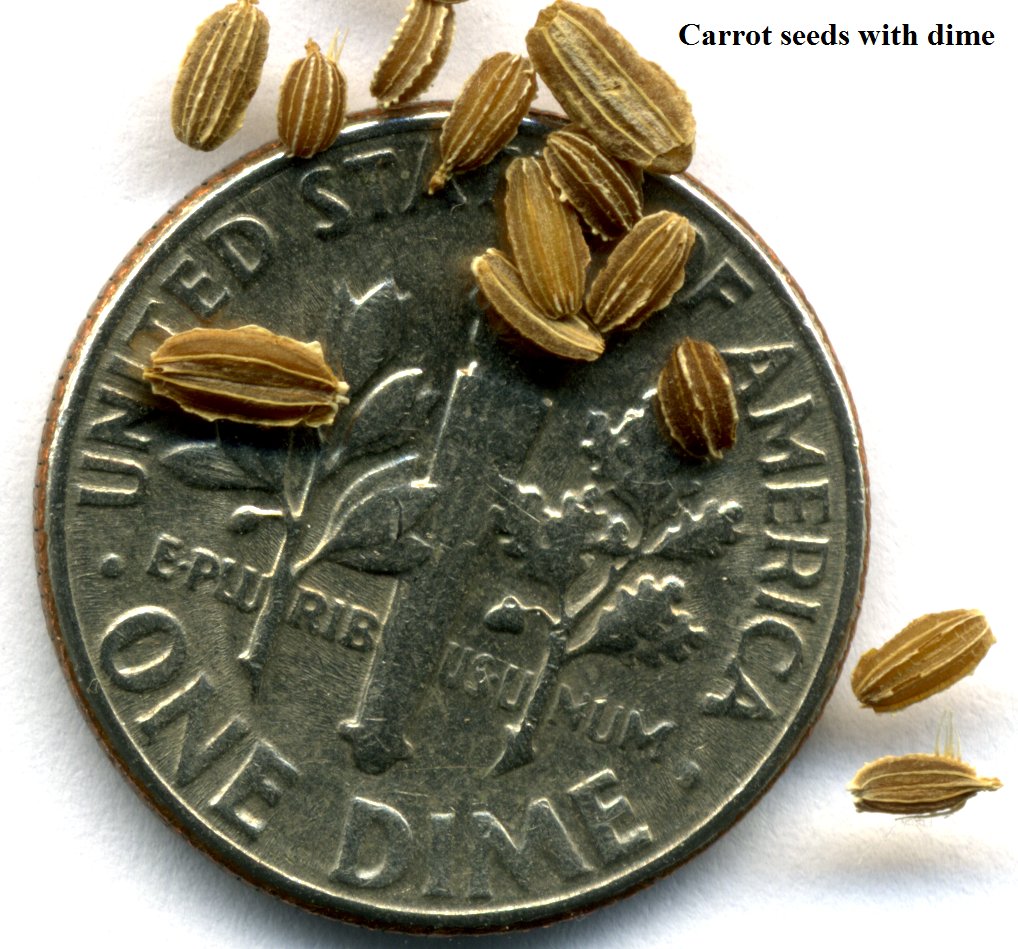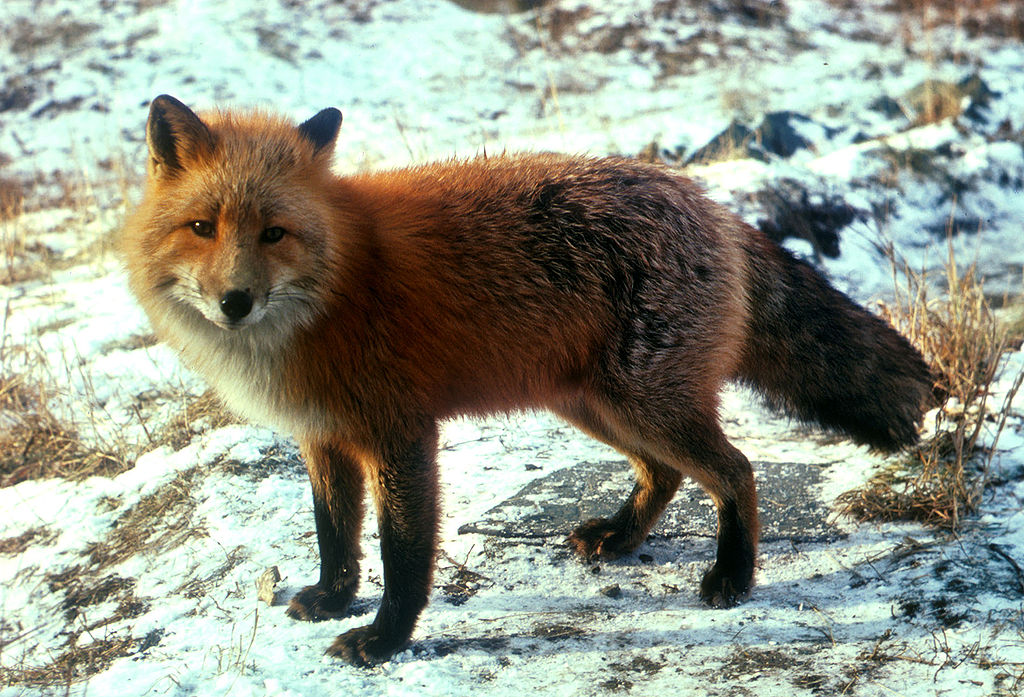A new study published in Evolution Letters, available now via Early View, has given us an interesting insight into the history of crop domestication. The work, by researchers at The University of Sheffield, UK, and the University of Toulouse, France, shows that seed enlargement probably evolved without the deliberate intention of early crop farmers. Humans have been artificially selecting for specific traits in domestic plants and animals for hundreds of years, selecting only the best individuals to breed and rejecting those with undesirable traits. However, this study shows that during the course of domestication, unintended changes have also occurred with dramatic effects.
Here Professor Colin Osborne, the Principal Investigator on the study, explains how his research team deduced the motives of farmers thousands of years ago, and tells us what vegetable seed size has in common with your pet dog’s floppy ears…

EL: It’s fascinating to learn that early farmers had such a huge impact on crop evolution without knowing what they were doing. How were people able to influence seed size so strongly, without deliberately selecting for large seeds?
CO: Archaeologists have long suspected that early farmers unintentionally changed their crop plants, and this is often referred to as unconscious selection. For example, harvesting cereal crops using stone sickles could select for seeds which stay on the plant and don’t disperse by falling off. This seriously impedes reproduction in a wild plant, so it’s not favoured in nature, but it’s beneficial for a crop if people are collecting and sowing the seeds.
Seed size could be influenced in a similar way if larger seeds are more likely to survive planting or if bigger seedlings are better competitors. Another possibility is that people played a more active role, thinning out small plants but leaving the bigger ones, or deliberately choosing to sow the seeds from large plants next season. If there is a genetic link between plant size and seed size, this could lead to larger seeds. In this case, plant size would be the target of selection (unintentional or intentional), but seed size would change unintentionally.
So there are a number of possibilities, but none of them involves a deliberate ploy by early farmers to breed crops with larger seeds.
EL: Your study looks at seed size in vegetables like potatoes and carrots. Why did you choose to focus on vegetables, instead of grain crops like wheat and barley?
CO: You’re right that grain crops are the important ones – today 60% of human calorie intake comes from wheat, rice and maize. And we know that seed size in these species is influenced by domestication – for example, in our study, maize seeds are 15 times larger than their wild relatives, rice seeds are 90% larger, and wheat 20%. But it’s tricky in these crops to distinguish intentional from unintentional effects, because the seeds are also the grains that people harvest and eat. It’s plausible they would have bred larger grains.
This is why we also chose to look at the seeds of vegetable crops. Farmers grow these plants to harvest other parts, like their roots (e.g. carrots) or leaves (e.g. lettuce). We expect that, although farmers might be interested in breeding bigger carrot roots or lettuce leaves, they would not deliberately breed larger seeds in these crops. So by looking at vegetables, we can assume that any effects of domestication on seed size are probably unintentional.

We also included root crops like potato, cassava and sweet potato. These are even more useful for our work because farmers don’t usually sow seeds at all, but plant tubers (e.g. potatoes) or stem cuttings (e.g. cassava) in the soil. In these crops, any seed enlargement must come from genetic links to plant or tuber size.
Our results show that domesticated vegetables have larger seeds than their wild relatives. We see this in vegetables like carrot, where seeds are planted, and potato, where tubers are planted (and seeds are not). Unintentional selection is the most likely explanation for this enlargement. The effect for vegetable seeds falls within the range we see for grain crops, so we can also say that unintentional selection would have been sufficient to drive the seed enlargement we see in grain species too. But it’s probably not all that happened – domestication overall has a larger effect in grains than in vegetables, which means that grain domestication was probably caused by a combination of unintentional selection and deliberate breeding.
EL: How important is seed size for plants? What impact might unintentional selection for seed enlargement have had?
CO: Seed size in wild plants is balanced on one hand by the need to disperse – smaller seeds tend to fall further from their parent – versus the benefits for survival of being large. Larger domesticated seeds won’t disperse as far as their wild relatives, but this isn’t an issue for many crops, since they don’t release their seeds anyhow. Instead they are harvested and sown by farmers – problem solved – and this allows seeds to get larger without the penalty of reduced dispersal.
Some people think that sowing seeds in the soil could select for larger size because it improves survival, but in a previous study we’ve looked at this and it doesn’t work as a general explanation. However, we do know that larger seeds make bigger seedlings, and we’re currently working on the idea that this makes them better competitors with weeds and smaller crop seeds.
EL: To what extent do you think unintentional selection might have influenced other traits in the plants you looked at, such as leaf or root size?
CO: Based on our work, we can’t really say. If there is a general effect of domestication on plant size, then we might expect other parts of the plant to get larger too. Recent published work does suggest this – for example, crop plants have larger leaves than their wild relatives. In fact, there is a general tendency for gigantism in crop plants – they are larger, more robust and fleshier than the wild species they evolved from. However, whether this was the result of deliberate breeding or unintentional selection is an unanswered question for another day.
EL: How general do you think the effects of unintentional selection could be across all domestic plants and animals? Could some of the traits we see in our garden flowers, or even our pet dogs, have come about unintentionally during their domestication?
CO: Unintentional selection has probably been important for lots of domesticated animals and plants. Dogs are a great example. It seems pretty unlikely that people deliberately tamed wolves. Instead, the first dogs were probably camp followers, scavenging food from people. Over time, natural selection would have favoured tamer wolves who were less afraid of people, eventually resulting in animals more like dogs. That’s a story, but there is also experimental evidence from Siberian foxes about how this taming might have led to domesticated animals.

Russian scientists have carried out selective breeding of foxes using only the tamest animals every generation, and over fifty years they have got some remarkable results. The foxes are now tame like dogs, but they also resemble dogs physically – with white patches of fur, floppy ears, shorter muzzles and curly tails. None of these characteristics were deliberately bred, but emerged unintentionally, perhaps because they are produced by the same developmental or hormonal pathways as tameness. This is directly comparable to what we think happened with the seeds of crop plants – one character was selected for, and others were dragged along unintentionally.
EL: Modern farming practices are scientifically and technologically advanced. How likely is it that crops are still being subjected to unintentional selection today?
CO: Pretty likely, I’d say. Crop breeding happens outdoors in fields, and so the plants are exposed to any changes in climate or new pests and diseases. The breeders don’t control these, because they want new crops to do well in lots of conditions, so they select the best performing lines across lots of fields. In the case of pests and diseases, they can see the symptoms, but for changes in climate the effects are less obvious. I’d expect crops to be adapting to these without us noticing.
For example, every year at the moment, human emissions cause carbon dioxide to increase in the air by about 1%. That may not sound like much, but new crops are bred over 10 or 20 years, which amounts to a large carbon dioxide increase. More carbon dioxide leads to more photosynthesis, so we might expect that breeders have unintentionally bred crops that are better able to use this extra carbon. It’s an intriguing idea, but weirdly it seems that modern crops are less able to use the extra carbon than old varieties. We don’t know why – and that’s a story for another day…
You can read more about the study in this article by Colin in The Conversation. The original paper is available open access, via Evolution Letters Early View.
